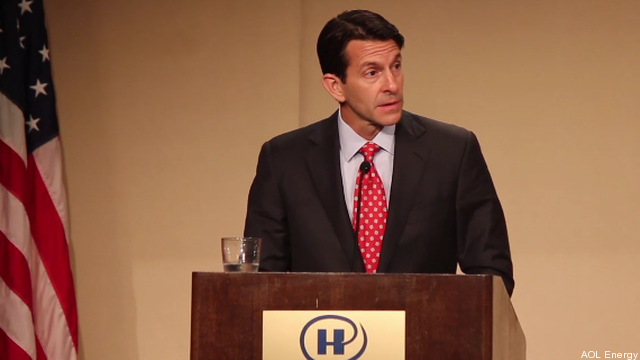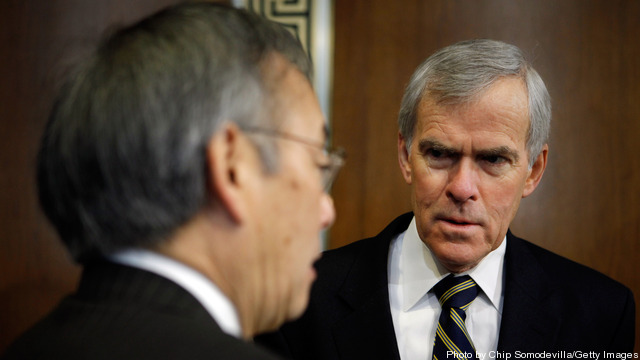
When I was at Powershift–a gathering of almost 10,000 youth environmentalists–last April, the Keystone XL pipeline was being given so little attention by the environmental community that it was not even mentioned in a single keynote speech. Needless to say, the situation has changed, as the proposed project has since become a rallying point for progressives, environmentalists, and many others who are genuinely concerned about the world’s future. The tipping point, most likely, was reached over the summer, when activist Bill McKibben and 1,252 other patriotic Americans got arrested in front of the White House, greatly increasing awareness about the issue.
Keystone XL, if built, would enable Canada to produce an additional 900,000 barrels of tar sands oil every day. Moreover, to the corporate world, approval of the pipeline would send the following message: the transition to a clean energy economy can wait. Yes, the production process of tar sands oil is three times as energy intensive as that of conventional oil, brings disease and loss of livelihood to First Nations groups, and, if done to completion, would cause a part of Canada’s boreal forest the size of Florida to be clear-cut, but using tar sands oil would also mean more energy, and therefore, is the best way forward. Keep reading →








